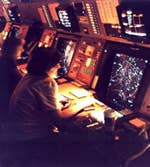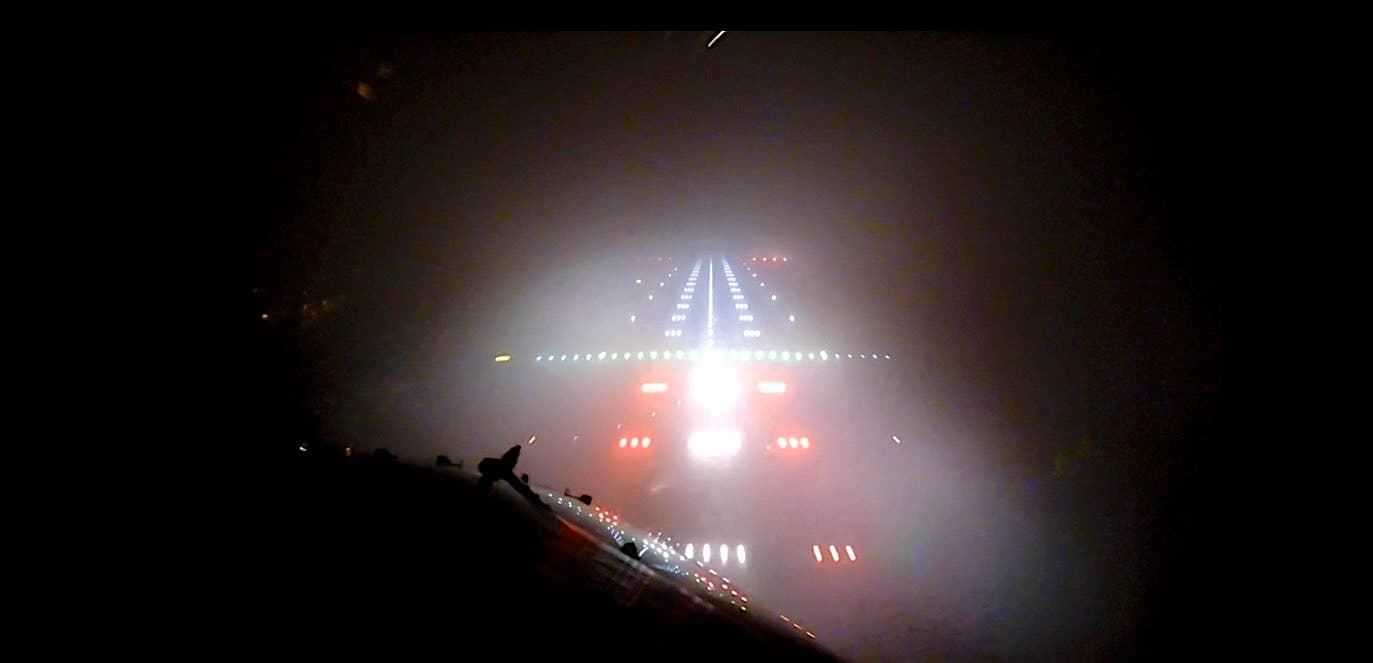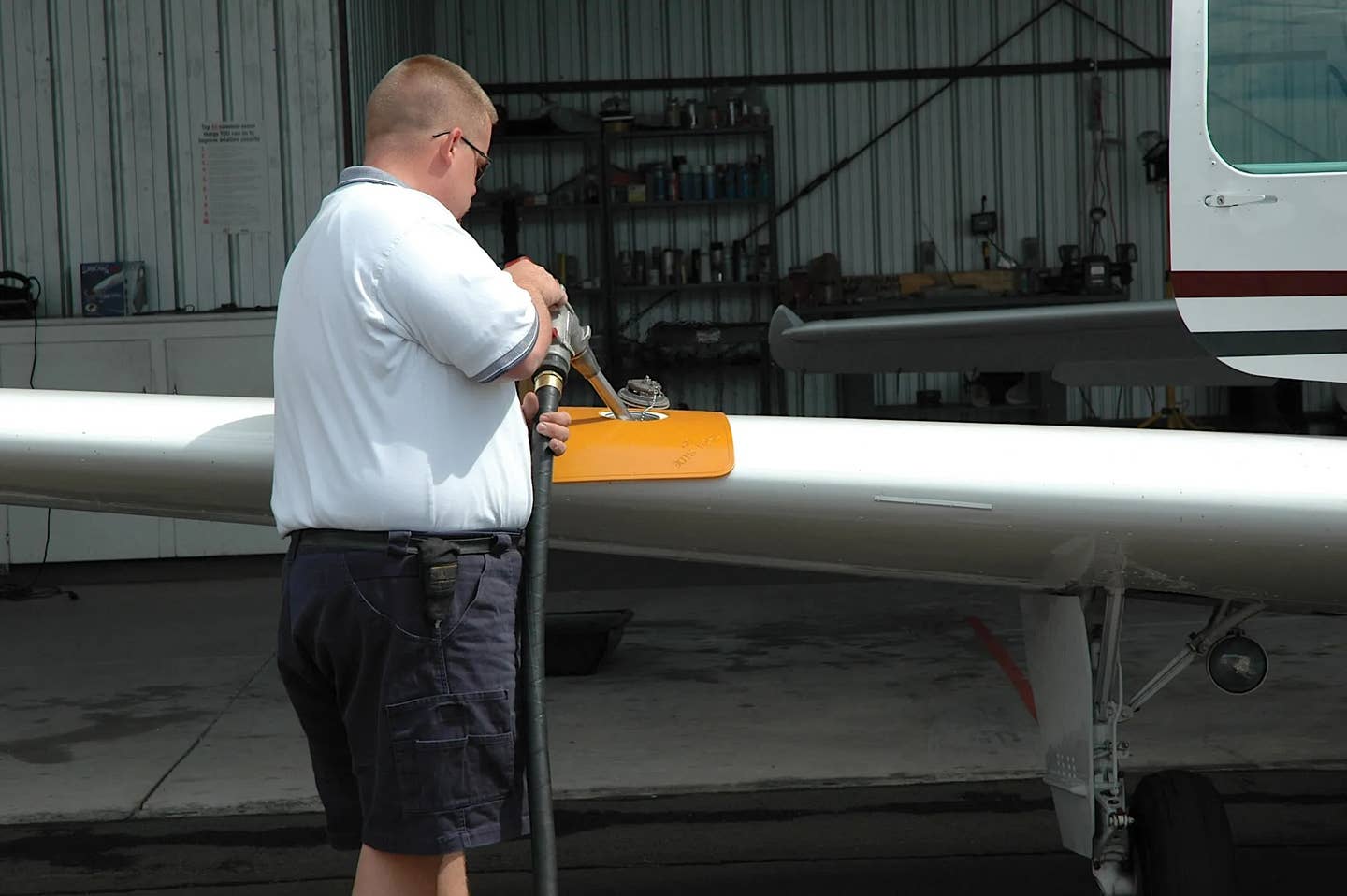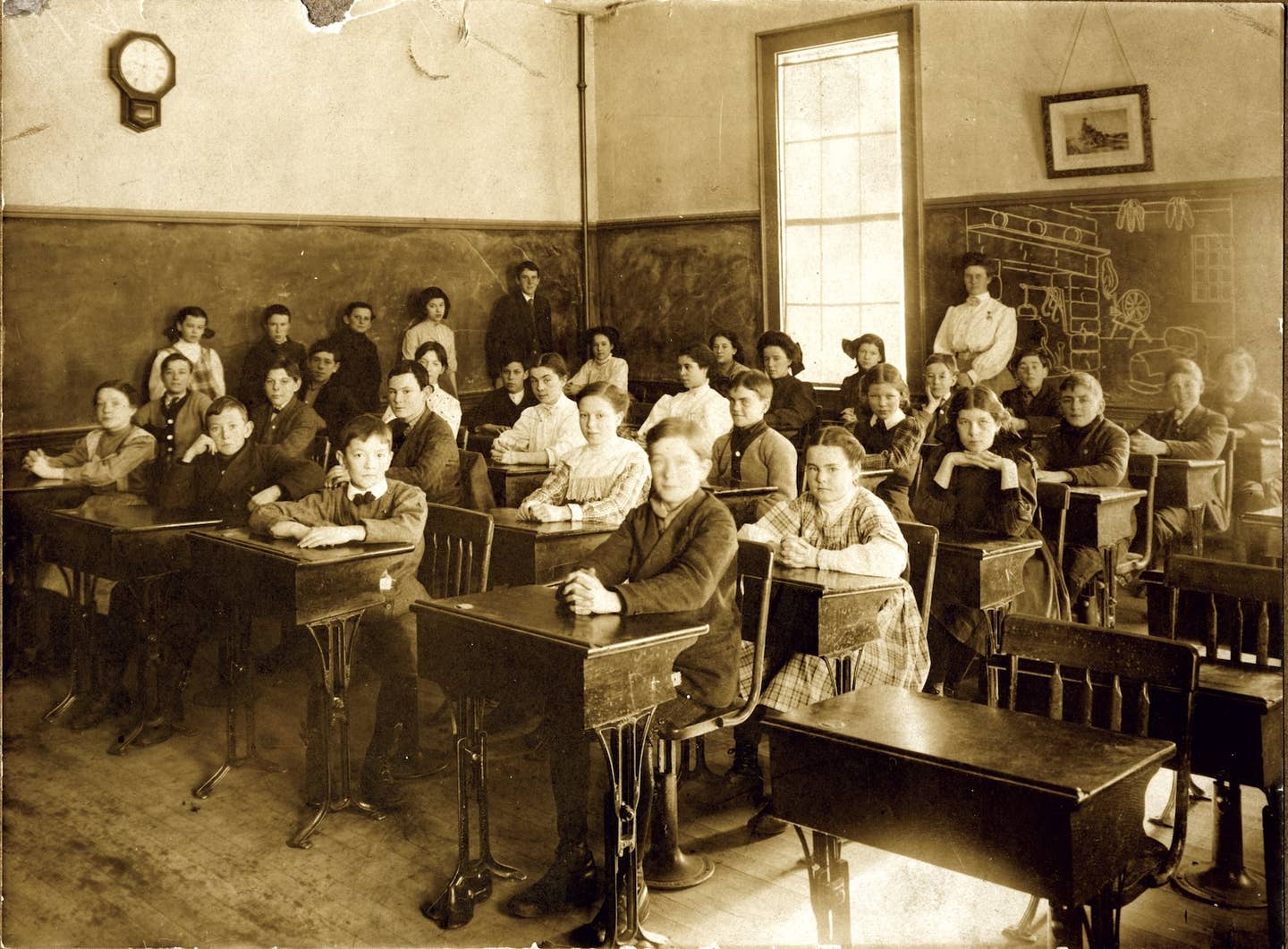Top Letters And Comments, December 9, 2022
This week’s letters brought comments from readers about listening to ATC, loss-of-control recoveries and sightseeing flight safety.

Time To Listen Up
Paul, your story reminded me of one of the best controller reactions to a wayward aircraft/pilot that I have ever witnessed in my 50 years of flying.
It was early 70’s and I flew a friend into KIND in a Mooney to pick up his Bonanza that he had left there days before due to weather and drove home. I was the first to call ground and was given the taxi route to the active runway. Buddy (not his real name) then called and was given the active and told to follow the Mooney. As I made my way to the runway I heard the controller say, “Bonanza Nxxxx where are you going?” His reply was, “I thought I saw a better way to the runway.” The controller, scolded him some about following directions and gave new directions to the runway. I’m now sitting in the runup area waiting on Buddy when I hear the now exasperated controller shout, “Bonanza Nxxx, now where are you going? You are on an active runway!” His reply, “I think I see where to go now.” A minute or two later I hear, “Attention all aircraft. Indianapolis Weir Cook International Airport is now closed! Bonanza Nxxx cleared for takeoff any runway any taxiway just get out of here!” And then I see the Bonanza slowly rise above the ground somewhere around midfield and turn eastbound. My trip back was uneventful and Buddy never heard from Indy so clearly this was a kinder and gentler FAA.
Bill B.
Inattentive pilots are problematic, as are task-saturated pilots. I wanted to point out, though, that the frustration works both ways. I still remember taking my new wife up out of Orange County, California in the 1970s. Though I was on an IFR plan and needed a NW heading, the tower turned me south after departure. This was back in the day when what is now John Wayne was very, very busy. Up at SMO, I was told once I was “13th in line” for landing during the same time frame. Well, just before handoff to center, I told the local controller that I was hoping for a heading in the direction of my destination. Well, he let off a lecture that would melt transistors. It seems my sin was not rejecting his initial instruction to “turn left after departure” since I needed to turn right. Most of my experience was in rural areas, but I had recently moved to Southern California so I hadn’t learned when to correct ATC. Well, it was an education. My wife never felt confident of my piloting skills after that incident, and obviously I still remember it.
Lynn J.
LOC Recoveries
Many good points raised in this article, especially the startle response and how that can make a bad situation worse. I teach Aerobatics and also have an upset recovery and prevention syllabus but there are no aerobatic aircraft at any local flight school so I only teach on students who bring their own aerobatic airplane, so it is not accessible to most local GA pilots.
This problem has been recognized by AOPA and they are now pushing “Expanded Envelope Training”. This is all the elements of UPRT and LOC training that can be done inside the flight envelope of a normal non aerobatic airplane, which is actually quite a lot. Most pilots fly their airplanes firmly in the middle of the flight maneuvering envelope. EET explores the edges of that envelope in order to give them the skills and confidence to recover if they ever get into a bad and getting worse place.
David G.
In some 3000 hours and about 50 years of flying, I’ve had two notable LOCs, both of which were handled well because I’d had basic aerobatic training, about 10 hours worth. I commend aerobatics as a way to understand how to get back “within the envelope” without breaking anything. It’s been some 40+ years since I had the aerobatics course, but I remember many of its lessons well.
The first, which occurred within months after I took the aerobatics course, was being caught in the wake turbulence of a B737 while flying in a TR182 at 7000’ MSL/1800’ AGL north of Denver. As the airplane rolled very suddenly well beyond wings vertical, I applied full opposite aileron and most importantly pushed hard on the yoke. The natural tendency of most pilots untrained in aerobatics is to pull on the yoke when inverted. Although in this case, the airplane did not go fully wings level inverted, it was enough that pushing was important, especially because at the time the altitude was only about 1800’ AGL. As I recall, there was very little loss of altitude in the recovery.
The second was several years later, in a Mooney 231 at about 11,000’ MSL/7000’ AGL at night southwest of Newcastle, WY on an IFR flight plan. The autopilot was on, the air was clear and smooth, and I was frankly enjoying just sitting there, when suddenly the autopilot commanded a hard right turn. I think I hit both the yoke disconnect and panel disconnect at about the same time and returned the airplane to level flight, but not before the airplane had turned laterally about 90° and lost several hundred feet of altitude. The delay caused by the “startle effect” was significant. As I was returning onto course and altitude, ATC called and asked if everything was alright. Later examination of the autopilot by an avionics shop was unable to determine why the event had occurred, but it caused me to forever distrust autopilots.
Learning about an airplane’s performance outside of the normal flight envelope and how to cope with such unusual events is a real safety measure. Whether that’s in a basic aerobatics course, or in a dedicated upset recovery course or LOC recovery course, every pilot owes it to him/herself and passengers to take the course and become proficient in it. It does wonders for confidence, too.
Cary A.
Poll: Flightseeing Doesn't Appear To Have The Best Safety Record. Would You Fly On One?
- The key to having a safe “FlightSeeing” flight is to go when the skies are mostly clear so you can “See”. Flightseeing flights into IMC are kind of a waste of money. – Klaus M.
- Caveat Emptor! Personally, I don't ride in the back unless the person(s) doing the flying are well trained and qualified professionals. Unfortunately, sightseeing companies don't appear to operate in a business environment that fosters and retains such individuals. It's not solely that most of the pilots are using these jobs as a stepping stone to a career position either. The owners of such businesses are very much oriented towards simply remaining solvent and taking what little is left over as profit. It's a low margin business that rewards aggressive cost control with modest profit. Let the buyer beware.
- Had both pros and cons on Flightseeing. I have to evaluate it myself before voting yea or nay.
- Why not? I flew many a “flightseeing” flight early in my career. Even did a few in a private jet when the boss wanted to look at something from a lower altitude than FL370.
- Depends on where and the flight conditions at the time. Why would "who" matter? either the conditions right and the pilot is prepared, or they are not.
- Fly myself. I have "control" issues. :-)
- Depends on who and weather.
- Would I fly one? Sure, I used to do them all the time, hours were hours and it paid the bills. Did you mean as a passenger?






